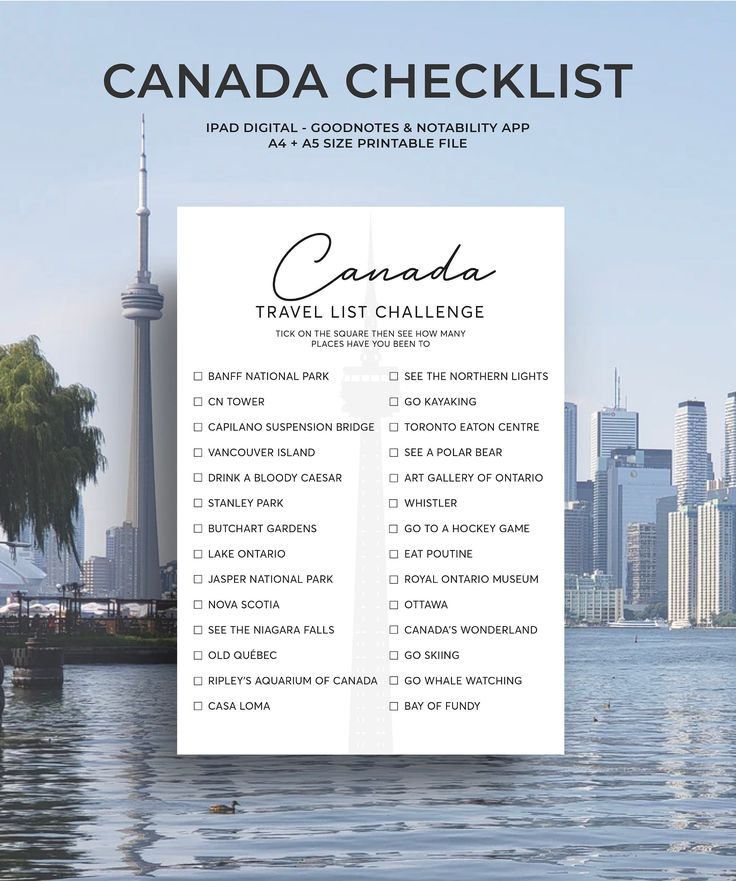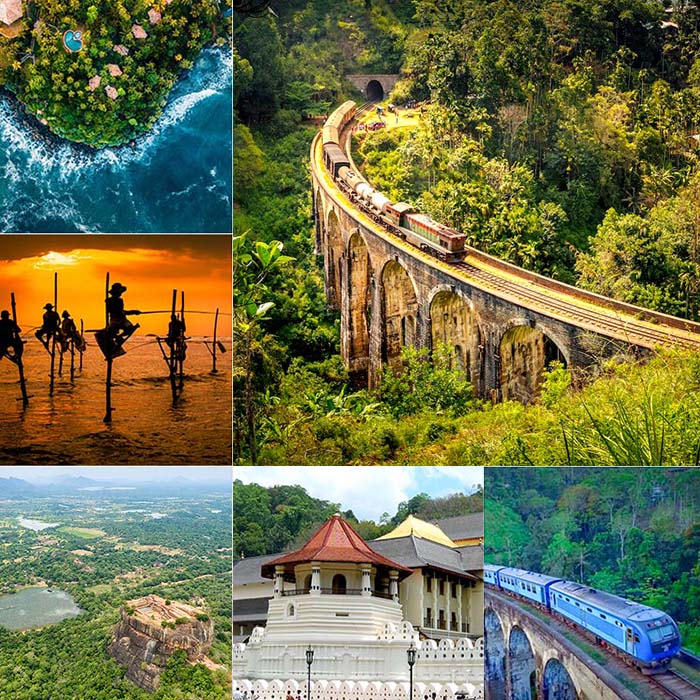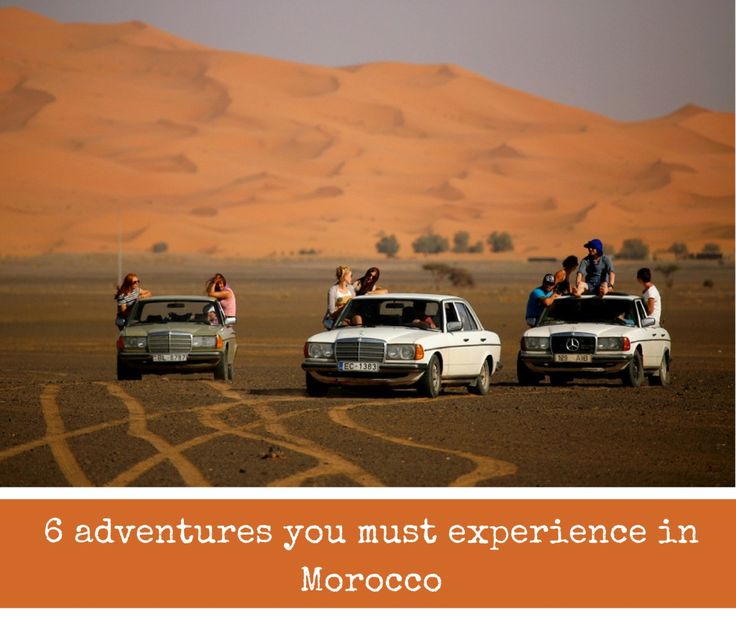
The Philippines, an archipelago of over 7,000 islands, beckons travelers with its breathtaking natural beauty, rich cultural tapestry, and the legendary warmth of its people. From pristine white-sand beaches and vibrant coral reefs to majestic mountains and bustling cities, this Southeast Asian gem offers an unparalleled diversity of experiences. If you’re dreaming of an adventure filled with sun, surf, smiles, and unforgettable moments, understanding what you need to know about Philippines for a memorable experience is your first step. This comprehensive guide will equip you with essential insights, practical tips, and destination highlights to ensure your Philippine journey is nothing short of spectacular.
Why Choose the Philippines for Your Next Adventure?
The allure of the Philippines extends far beyond its picturesque postcards. It’s a destination that promises both thrilling escapades and serene retreats, catering to every type of traveler. This unique blend makes it a compelling choice for your next international adventure.
Unveiling the Philippines: A Kaleidoscope of Experiences
Imagine diving into crystal-clear waters teeming with marine life, hiking up volcanoes with panoramic views, or exploring ancient rice terraces carved into mountainsides. The Philippines offers all this and more. Each island boasts its own distinct charm, from the surfer’s paradise of Siargao to the geological wonders of Bohol and the unparalleled beauty of Palawan. You can immerse yourself in history within the walled city of Intramuros, or dance the night away in Boracay.
The Warmth of Filipino Hospitality: More Than Just a Smile
One of the most enduring aspects of any Philippine visit is the genuine hospitality of its people. Filipinos are known for their friendliness, warmth, and generosity. You’ll often be greeted with smiles, helpful advice, and an eagerness to share their culture. This innate kindness transforms a simple trip into a deeply personal and enriching experience, making you feel truly welcome throughout your journey.
Essential Pre-Trip Preparations for Your Philippine Journey
A well-prepared traveler is a happy traveler, especially when exploring a new country. Taking care of the logistics before you depart will allow you to fully enjoy your Philippine adventure without unnecessary stress.
Navigating Visa Requirements for the Philippines
Before booking your flights, check the visa requirements for your nationality. Many countries enjoy visa-free entry to the Philippines for stays ranging from 30 to 59 days. However, rules can change, so always verify with the Philippine embassy or consulate in your country, or check the official Philippine Department of Foreign Affairs website. Ensure your passport is valid for at least six months beyond your intended stay.
Packing Smart for Your Philippine Exploration
The Philippines has a tropical climate, meaning it’s generally hot and humid year-round, with a rainy season from June to November. Pack light, breathable clothing like cotton and linen.
Key Packing Essentials:
- Lightweight clothing: Shorts, t-shirts, sundresses.
- Swimwear: You’ll be spending a lot of time by the water!
- Rain gear: A light raincoat or umbrella, especially during the rainy season.
- Comfortable footwear: Sandals, flip-flops, and sturdy walking shoes for excursions.
- Sun protection: Sunscreen (reef-safe is preferred), sunglasses, a wide-brimmed hat.
- Insect repellent: Essential for evenings, particularly in more rural areas.
- Basic first-aid kit: Include pain relievers, band-aids, antiseptic wipes, and any personal medications.
- Reusable water bottle: Help reduce plastic waste.
- Dry bag: Invaluable for protecting electronics and valuables during island hopping.
Staying Connected: SIM Cards and Internet Access in the Philippines
Staying connected is relatively easy in the Philippines. Upon arrival at major airports, you can purchase a local SIM card from providers like Globe or Smart. These offer affordable data packages for internet access and local calls. Wi-Fi is available in most hotels, cafes, and restaurants, though speeds can vary, especially outside major cities. Consider downloading offline maps for easier navigation in remote areas.
Health and Safety Tips for Traveling in the Philippines
While generally safe for tourists, being mindful of your health and safety is always wise.
Health Advice:
- Vaccinations: Consult your doctor about recommended vaccinations (e.g., Hepatitis A & B, Typhoid, Tetanus).
- Water: Drink bottled water or filtered water only. Avoid tap water.
- Food hygiene: Eat at reputable establishments. If trying street food, choose vendors with high turnover.
- Sun exposure: Stay hydrated and seek shade during peak sun hours.
- Travel insurance: Comprehensive travel insurance is highly recommended to cover medical emergencies, trip cancellations, and lost luggage.
Safety Precautions:
- Awareness: Be aware of your surroundings, especially in crowded areas.
- Valuables: Keep valuables secure and out of sight. Use hotel safes when available.
- Transportation: Use reputable taxis (insist on the meter) or ride-sharing apps like Grab.
- Natural Disasters: The Philippines is prone to typhoons and earthquakes. Stay informed about local weather advisories and heed warnings.
Discovering the Philippines: Top Destinations for an Unforgettable Trip
With thousands of islands, choosing where to go in the Philippines can be overwhelming. Here are some of the most popular and captivating destinations that promise an unforgettable trip.
Island Paradise Escapes: Palawan, Boracay, and Siargao
These islands are synonymous with the Philippines’ reputation as a tropical paradise.
- Palawan: Often hailed as the "Last Frontier," Palawan boasts stunning limestone karsts, secret lagoons, and vibrant coral reefs.
- El Nido: Famous for its island-hopping tours (A, B, C, D) that take you to hidden beaches, lagoons, and snorkeling spots.
- Coron: A diver’s paradise with Japanese WWII shipwrecks, pristine lakes (Kayangan Lake, Barracuda Lake), and breathtaking limestone formations.
- Boracay: Renowned globally for its powdery white sand beach, particularly White Beach. After a temporary closure for rehabilitation, Boracay has re-emerged as an eco-friendlier destination, offering stunning sunsets, watersports, and a vibrant but more controlled nightlife.
- Siargao: The surfing capital of the Philippines, famous for its Cloud 9 wave. Beyond surfing, Siargao offers lush mangrove forests, enchanting lagoons (Sugba Lagoon), and a laid-back, bohemian vibe that attracts free spirits and nature lovers.
Cultural Immersion in Luzon: Manila and Beyond
Luzon, the largest island, is home to the capital city and historical treasures.
- Manila: A bustling metropolis that blends colonial history with modern urban life.
- Intramuros: The historic walled city, offering a glimpse into Spanish colonial times with its ancient churches, cobblestone streets, and horse-drawn carriages (kalesa).
- National Museum Complex: Discover Philippine art, history, and anthropology.
- Food Scene: Explore diverse culinary offerings, from fine dining to vibrant street food markets.
- Banaue Rice Terraces: A UNESCO World Heritage site, these "Eighth Wonder of the World" terraces were carved into the mountainsides by the Ifugao people over 2,000 years ago. They offer a profound insight into indigenous culture and agricultural ingenuity.
Visayas Wonders: Cebu and Bohol
The Visayas region offers a fantastic mix of adventure, culture, and natural beauty.
- Cebu: Known as the "Queen City of the South," Cebu is a hub for island hopping and adventure.
- Whale Shark Interaction: Swim with gentle giants in Oslob (though ethical considerations are important; research responsible operators).
- Kawasan Falls: Experience canyoneering through stunning turquoise waterfalls.
- Historical Sites: Visit Magellan’s Cross and the Basilica Minore del Santo Niño.
- Bohol: Famous for its unique geological formations and endemic wildlife.
- Chocolate Hills: Thousands of perfectly conical hills that turn chocolate brown in the dry season.
- Philippine Tarsier Sanctuary: Get up close with one of the world’s smallest primates.
- Panglao Island: Offers beautiful beaches and excellent diving opportunities.
Savoring the Flavors: A Culinary Guide to the Philippines
Filipino cuisine is a delightful fusion of East and West, reflecting centuries of trade and colonization. Exploring the local food scene is an essential part of a memorable Philippine experience.
Must-Try Filipino Dishes for a Taste Adventure
Don’t leave the Philippines without trying these iconic dishes:
- Adobo: Often considered the national dish, this savory stew of meat (chicken, pork, or both) braised in vinegar, soy sauce, garlic, and peppercorns is a true comfort food.
- Sinigang: A sour and savory soup, typically tamarind-based, with meat (pork, shrimp, or fish) and various vegetables. It’s incredibly refreshing.
- Lechon: A whole roasted suckling pig, known for its incredibly crispy skin and succulent meat. A festive dish, often the centerpiece of celebrations.
- Kinilaw: The Filipino version of ceviche, featuring fresh raw fish cured in vinegar, ginger, onions, and chili. Perfect for seafood lovers.
- Lumpia: Crispy spring rolls, either fresh (fresh lumpia) or fried (fried lumpia), with various fillings.
- Halo-Halo: A popular cold dessert meaning "mix-mix," featuring shaved ice, sweet beans, jellies, fruits, leche flan, ube ice cream, and evaporated milk. A perfect treat for a hot day.
Street Food Delights and Local Eateries
Embrace the vibrant street food culture for an authentic taste of the Philippines. From grilled skewers (isaw, betamax) to sweet treats and savory snacks, street food offers a glimpse into local life and flavors at an affordable price. Don’t shy away from trying carinderias (local eateries) where you can sample home-cooked Filipino dishes. Always choose places that look clean and have a good turnover of customers.
Navigating the Philippines: Transportation and Logistics
Getting around the Philippines can be an adventure in itself. Understanding the transportation options will help you plan your movements efficiently.
Getting Around the Islands: Flights, Ferries, and Buses
- Flights: For inter-island travel, especially between major islands, domestic flights are the fastest option. Philippine Airlines, Cebu Pacific, and AirAsia Philippines offer extensive networks. Book in advance for better prices.
- Ferries: For shorter distances or a more scenic journey, ferries are a popular choice. They range from fast crafts to overnight RORO (Roll-on/Roll-off) vessels.
- Buses: On larger islands like Luzon, a comprehensive bus network connects cities and towns. It’s an economical way to travel, though journeys can be long.
Local Transport: Tricycles, Jeepneys, and Taxis
- Tricycles: These are motorcycles with sidecars, ubiquitous in towns and cities. They’re great for short distances but negotiate the fare before riding.
- Jeepneys: Iconic Philippine public transport, brightly decorated and repurposed US military jeeps. They follow fixed routes and are a very affordable way to experience local life.
- Taxis/Grab: In major cities, metered taxis are available. Ride-sharing apps like Grab (similar to Uber) are also widely used and offer a convenient, fixed-price option.
Practical Tips for a Smooth and Memorable Philippine Experience
Beyond the destinations and food, a few practical insights will further enhance your journey.
Understanding Local Customs and Etiquette
- Respect for Elders: Filipinos show great respect for elders. Use "po" and "opo" when speaking to them (terms of respect).
- "Mano po": A traditional gesture of greeting elders by taking their hand and pressing it to your forehead.
- Hospitality: Accept offers of food and drink, as refusing might be seen as impolite.
- Dress Code: Dress modestly when visiting churches or religious sites.
- Smiling: A smile goes a long way in communicating and building rapport.
Budgeting for Your Philippine Vacation: Costs and Savings
The Philippines can be a very affordable destination, especially if you travel like a local.
- Accommodation: Ranges from budget hostels (~$10-20/night) to mid-range hotels (~$30-80/night) and luxury resorts.
- Food: Local meals at carinderias can be as cheap as $2-5. Restaurant meals range from $5-15+.
- Transportation: Local transport is very inexpensive. Domestic flights are the biggest expense for inter-island travel.
- Activities: Island hopping tours typically cost $15-30 per person, excluding environmental fees.
- Currency: The Philippine Peso (PHP). ATMs are widely available in cities, but carry some cash, especially when visiting smaller islands or rural areas. Credit cards are accepted in major establishments.
Responsible Tourism in the Philippines: Travel Sustainably
To ensure the Philippines remains beautiful for future generations, practice responsible tourism.
- Respect Nature: Do not litter, especially on beaches or in the ocean. Use reef-safe sunscreen.
- Support Local: Buy from local vendors, eat at local restaurants, and choose locally-owned accommodations.
- Wildlife Interaction: Be mindful of ethical animal encounters. Avoid activities that exploit animals (e.g., riding whale sharks or interacting with captive wildlife in unnatural settings).
- Conserve Resources: Be mindful of water and electricity usage, especially on islands with limited resources.
Your Unforgettable Philippine Adventure Awaits
The Philippines is a destination that promises adventure, relaxation, cultural immersion, and genuine human connection. By understanding what you need to know about Philippines for a memorable experience, you’re well on your way to planning a trip that will leave you with cherished memories for years to come. From its stunning natural wonders to the heartwarming smiles of its people, every moment in this beautiful archipelago is an invitation to explore, discover, and fall in love with the magic of the Philippines. Start planning your dream trip today!





